5 (Faulty) Assumptions That Will Further Shrink Your Enrollment in the Year Ahead
Is the world changing?
Nope. It has changed.
Leading a campus (or a district of campuses) in the new world of work has been more than complex.
What enhances the struggle is when your assumptions about the future are false.
Recently, Ms. Becky (my wife) and I embarked on a winter hike that we planned would take a few hours in our home state of Minnesota. The snow and ice on the trail were a bit more than planned, causing us to cancel our dinner plans with friends that evening.

The hike was beautiful, but our delay was discouraging.
Isn’t it better to know it will be difficult and find it a bit easier than to think things will be easy and find them super challenging?
What’s true in life is especially true in leadership.
Over the past 18 months, I have encountered more than a few delusional leaders working from conventional strategies for bolstering campus enrollment that, in all likelihood, won’t pan out.
Your performance will grow if you get your assumptions dialed in and work your plan with focus.
Here are the five (faulty) assumptions that will further shrink your enrollment in the year ahead.
1. What worked before is going to work again.
A crisis is both a revealer and an accelerator.
The crisis of the last few years has accomplished two things across every campus. It’s revealed what’s working and what isn’t. And it’s sped up the consequences of both.
While a few systems have seen rapid growth during the crisis, most are recovering. Just last week, I found myself in the middle of an executive leadership conversation hinging on the question, “should we host a town hall meeting to say that we are up in enrollment (over last year) when in reality, we are still 18% down since 2020.”
On the one hand, it is
right to celebrate gains to foster hope, but on the other hand, campus leaders must be clear in “right-sizing” their budgets without confusing their people.
How can you be up in enrollment and cutting programs right?
Because crisis both reveals and accelerates, perhaps you’re seeing today what your campus would have looked like in 2030 without a healthy course correction.
As sobering as that might be, perhaps it’s a gift.
If the old approach allowed for
Lucky Growth (we built it, and they will come), the accelerated decline could be a gift to help you see that a new Leading Growth approach is needed.
If the old approach isn’t replicating growth, trying harder in that space won’t bring different results, no matter how hard you grind.
And if the old model wasn’t working before, it will probably not work again, no matter how sincere you are, how loudly you command your people, or how desperate you feel.
The time has finally come for campus leaders to double down on the mission and experiment with the methods.
2. The building will be the center of education.
At the heart of every declining system is the over-reliance on buildings as the focal point of all learning engagement.
What if the future of transforming lives has left the building?
By this, I don’t mean that campus sites across the country should abandon gathering. The future of education is (and will always be) in
community.
Decentralized, distributed, and small group is the future of learning in the new world.
Somehow, education fell into the assumption that for quality engagement to occur, it was fixed within the construct of a campus (with a mascot), four walls to a classroom, and two covers to a book.
And that is observed by cramming humans into auditoriums, rows, and other settings where dialogue isn’t really encouraged.
You may still be shocked and frustrated by the surprisingly low return-to-campus attendance trends this semester.
What if the people you’re looking for haven’t left? What if they’ve just left your building?
Plug your nose because this truth stinks, for sure. Many of your learners are gone for good.
No questions. No arguing.
Those missing may not be leaving the educational pipeline altogether. They may not even be leaving your system.
They’re just not returning to YOUR building, and perhaps they won’t even after the pandemic is a distant memory.
I’m not saying this is good (I don’t like it either). I am saying it’s real.
Leaders who cooperate with reality do far better than those who fall victim (and complain about it).
Here’s what’s critical. Your mission isn’t dead.
- Your commitment to academic excellence and student success.
- Your dedication to equity and inclusion.
- Your partnership with families and the community.
- Your emphasis on professional development and ongoing learning.
- Your commitment to accountability and transparency.
But your methods might be on life support.
What if the BUILDING as a method is getting in the way of thriving in delivering your mission?
At the end of 2023, what would it feel like to be ahead again?
Lead Team Institute
✅ Reclaim Your Time
✅ Reclaim Your Energy
✅ Reclaim Your Priorities
✅ Reclaim Your Team
”Wow! I didn’t realize I desperately needed these tools in my life.”
“This experience so profoundly impacted us. We are now beginning to edit out the unhealthy team behaviors interfering with our performance."
“The timing of this message could not have been better for the health of our team.”
Without a new focus and approach, it's easy to continue to:
➜ Sacrifice self and family on the altar of work.
➜ Overcommit and underdeliver.
➜ Be busy but no longer brilliant.
➜ Juggle more priorities than what we can complete.
Worst of all, other people — other tasks, jobs, and projects — will continue to hijack your life.
The Lead Team Institute is a community of practice consisting of 12 workshops, performance coaching, and strategic alignment for your leadership team.
This interactive session will inspire, challenge, and equip your team to accelerate healthy team culture and overall team performance.
Book Your Lead Team Institute 👉🏼 HERE.
3. You don’t need to take virtual learning that seriously.
The rallying cry – “EVERYONE GET BACK TO THE BUILDING” that so many college presidents and district superintendents have shouted over the last year still surprises me.
Add to that the consistent and critical dismissal of virtual learning as a quality option for mission delivery. I’m not talking about your website, live stream, and social media upgrades. I’m referring to the notion that your online presence is likely underfunded and relegated to the middle of someone’s job description.
Too many campus sites have a Web1 presence as Web2 peaks, and Web3 emerges, yet still wonder why they can’t grow enrollment.
For a primer on Web3 and the “metaverse” in education, I highly recommend reading
What Does Web3 in Education mean for the future of teaching and learning.
Most campuses spend 90-98% of their learning budget on in-person education in an era where fewer people attend in-person school than ever.
Please hear me out. Each campus MUST do in-person learning exceptionally well.
But you are losing significant traction when your system spends a tiny fraction of its time and resources serving and prospecting your current and future learners in the virtual economy.
The good news is that sometimes online engagement will lead to in-person.
Sometimes it doesn’t.
The point is that everyone you want to reach IS online. If you can’t engage people in cyberspace, you miss them and all the opportunity that comes with it.
4. The future will be linear.
There was a season in leadership from the 1980s through the mid-2010s where leadership was more straightforward because progress (in both technology and society) was linear.
There were a few recessions and setbacks along the way, but it was usually only a matter of time until things started moving forward again in a predictable fashion. While that wasn’t true in every organization, it was culturally true across education.
The mid-2010s ushered in the first waves of instability (division, deeper partisanship, rage, and the severe questioning of institutions), all serving as a massive wave disrupting the patterns we knew and had come to trust.
The pandemic and ensuing global crisis accelerated the destabilization even further.
Leaders of geopolitical thought predict that the future will be unpredictable (how’s that for a prediction?).
The future will be less linear, unstable, and complex than anything ANYONE has led before.
This is unchartered territory. Thinking the future will be linear and predictable only sets you and your team up for more heartbreak and anger.
You know the stoic line, “the secret to happiness is low expectations?”
Having lower expectations for predictability and embracing the probability of instability will better prepare you to lead your team and system successfully.
Agile leaders and teams thrive in periods of rapid change, and if you’re ready for it, you can be one of those leaders and one of those systems.
For more on this, you may want to take another look at my post,
4 Big Signs to Guarantee your Performance Won’t Turn Around.
5.
Running hard like your hair is on fire is the only way to fix this.
Many leaders have been running so hard for so long, grinding under the false hope that the next quarter/new semester/new year will bring new hope.
Has it?
This leaves you with the question, “how long can I run at this pace?”
For most leaders, the meter expired months or years ago. And that leaves you exhausted, looking ahead at an impossible future.
Exhaustion is the gateway to terrible decision-making, moral failure, burnout, ineffectiveness, and chronic underperformance.
Why?
Running at an unsustainable pace will leave you too tired to think about innovation and without the energy to dare, risk, or execute.
This has to be the season for you to focus—to find a sustainable pace.
It’s no shock that one of the first casualties of working too hard is a loss of creativity. As Adam Grant has pointed out, great ideas take time and margin to develop and often involve experimentation and failure.
And most importantly, creativity is linked to slowing down and creating space for the creative process to ferment and grow (Adam’s 2016 TED talk would be good therapy right now, by the way).
If finding a sustainable pace has been elusive for you (as it has for most leaders), I’d love to help you find one.
Book a Free Virtual Coffee Here for a pep talk and a free consultation for effectively managing your meeting triage.
Running hard indefinitely isn’t the way to fix a problem—it’s actually the way to break you.
Identify and Break Through Your Growth Barriers.
Enroll Your Team in the Lead Team Institute
- What used to work isn’t working anymore. What do I do next?
- Why don’t we see results, even when we’re putting in the effort?
- What’s the right decision for the future when everything is so uncertain?
The Institute is for you if you are a Campus President, District Administrator, or a Public Sector Executive Director looking to Optimize Higher Team Performance.
Escape the struggle today by joining a vibrant cohort where leaders share strategies and ideas to help each other Reclaim Momentum.
- Live Team Kickoff – Fall of 2023
- 10 Virtual Workshops
- Live Team Capstone – Spring of 2024
- Virtual Team Training Resources
Ready to change the trajectory of your campus?
Set up a
Virtual Coffee HERE to learn more.
More Blog Articles



